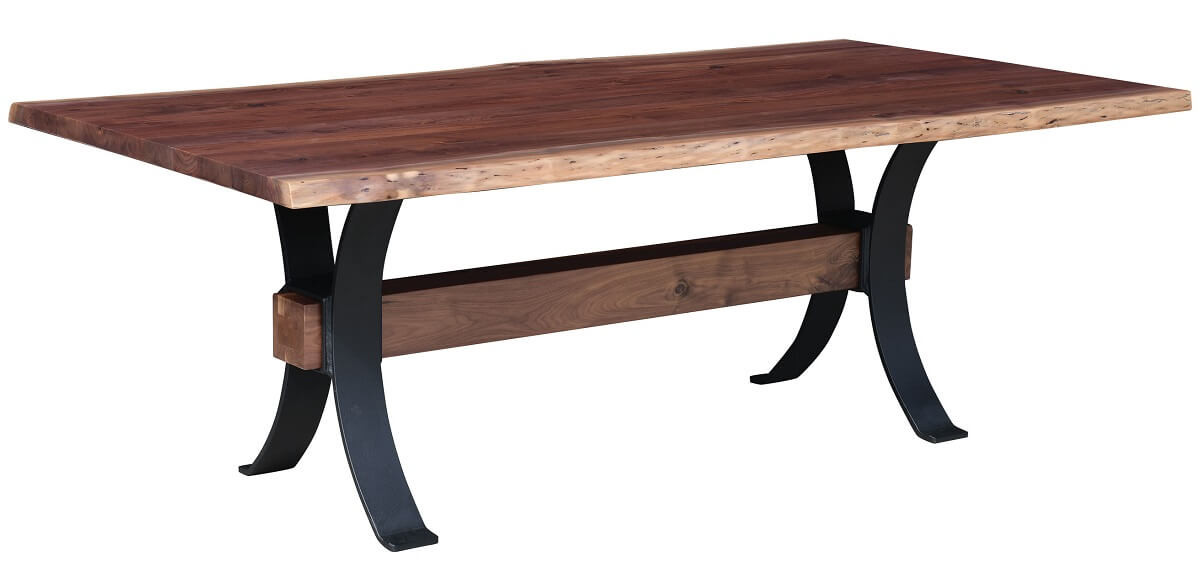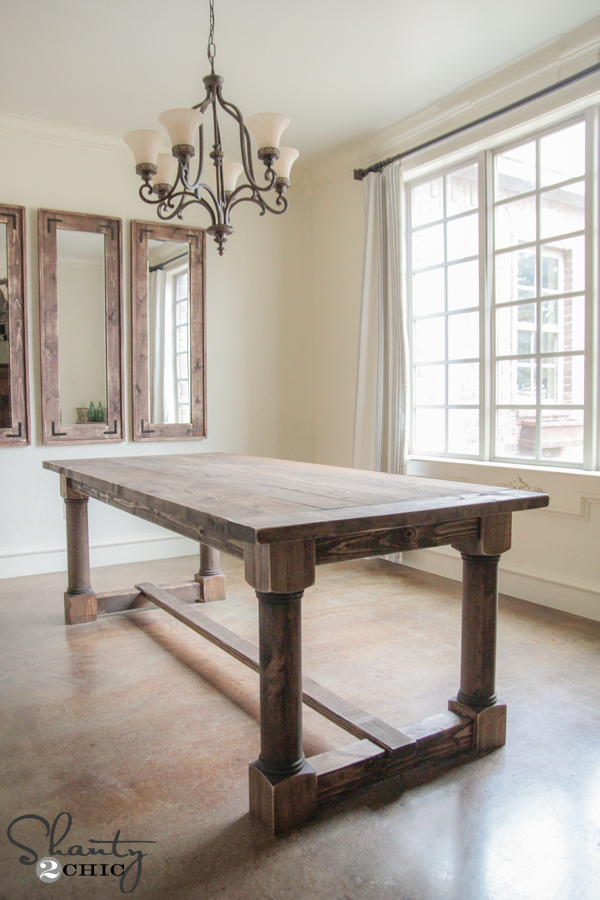From Conventional to Modern: Find the Ideal Dining Room Table Legs for Your Design
While timeless styles such as cabriole and transformed legs stimulate a sense of ageless class, modern designs like hairpin and geometric choices provide an opportunity for striking visual passion. As you think about these aspects, the concern continues to be: exactly how can you perfectly integrate these diverse leg styles to create an unified dining experience?
Recognizing Table Leg Styles
The variety of eating area table leg designs can substantially influence both the appearances and performance of the area. Each leg style adds unique functional features and visual aspects, dealing with diverse design choices and usage needs. Recognizing these designs is important for selecting the right dining table that straightens with your overall interior decoration vision.
For example, conical legs supply a clean, traditional appearance that can enhance an area's sophistication, while pedestal bases provide security and take full advantage of legroom, making them excellent for smaller sized spaces. Barrette legs, a hallmark of mid-century contemporary style, present an industrial style, enabling an airy, open feel. In a similar way, trestle legs stimulate rustic appeal, supplying robust support and a feeling of timelessness.
Additionally, the selection of products plays a significant role. Wood legs can bring warmth and structure, whereas metal options often communicate a streamlined, contemporary ambiance. Ultimately, recognizing table leg designs is important for creating a cohesive dining location that shows personal style while ensuring functionality and comfort. By thoughtfully thinking about these components, you can boost both the aesthetic and functional appeal of your dining area.
Typical Table Leg Options
When selecting dining-room table legs, standard choices frequently symbolize timeless elegance and craftsmanship. These designs reflect a rich heritage and a dedication to high quality, making them optimal for those who value classic aesthetic appeals.
Among the most famous traditional leg designs is the cabriole leg, identified by its elegant bent shape. This layout usually features ornamental makings and is most commonly located in Queen Anne and Chippendale furniture. Another preferred alternative is the transformed leg, which boasts a series of smooth, rounded shapes that provide a traditional look while keeping stability.
Moreover, the straight leg, while simple, supplies a tough and basic framework that can blend flawlessly with a variety of tabletop designs. For those attracted to ornate describing, claw-and-ball feet legs evoke a feeling of magnificence and can work as a magnificent focal factor in any type of dining room.
Lastly, stand bases, although not purely legs, offer an alternative traditional alternative that permits sufficient legroom and can be beautifully sculpted. Each of these traditional leg styles adds to the general setting of an eating room, weding function with aesthetic appeal.

Modern Table Leg Layouts
Modern table leg styles supply a diverse variety of designs that emphasize tidy lines and innovative products. These designs often prioritize functionality while anonymous acting as striking prime focus within an eating space. Minimal visual appeals are prevalent, with legs crafted from products such as steel, glass, and crafted wood, which add to a modern and airy feel.
One prominent design is the barrette leg, defined by its slim, tapered structure that supplies stability without frustrating the tabletop (dining room table legs). This design is typically found in mid-century modern-day furnishings and can easily match numerous table shapes. One more trend is the usage of geometric shapes, where legs might take on angular or unbalanced types, adding visual rate of interest and a touch of creativity

Mixing Styles for Distinct Areas
Typically, house owners look for to develop unique dining areas that mirror their individual design by mixing numerous layout elements. This strategy permits the incorporation of diverse appearances, leading to an unified yet distinctive atmosphere. Coupling a rustic wood table with smooth, modern metal legs can create a their website distinctive contrast that raises the space's general allure.
In addition, incorporating vintage table legs with contemporary tabletops can evoke a feeling of history while preserving a modern-day perceptiveness. Such combinations not just display specific preference but likewise encourage imagination, permitting homeowners to curate an area that feels both individual and welcoming.
Color plays an essential function in this mixing procedure; selecting table legs that complement or comparison with the existing color scheme can enhance visual interest. Whitewashed legs can soften the boldness of a dark table surface, developing a well balanced aesthetic.
Tips for Choosing the Right Legs
Choosing the right table legs is essential for achieving both capability and visual charm in your dining room. Begin by taking into consideration the overall design of your room. Conventional settings take advantage of legs that feature detailed carvings or transformed styles, while modern areas might call for smooth, minimalist designs.
Next, evaluate the height and security of the legs. dining room table legs. Basic table range between 28 to 30 inches in height, so ensure the legs match this dimension for convenience. Furthermore, durable products, such as hardwood or steel, can boost security and durability
Evaluate the leg form also-- choices consist of right, tapered, or pedestal designs. Straight legs offer a traditional look, while conical legs can include a touch of sophistication. Pedestal bases give sufficient legroom and are excellent for smaller sized spaces.
Final Thought
In summary, choosing the perfect dining area table legs requires cautious factor to consider of both contemporary and traditional styles. By integrating leg design, elevation, and product with the general decor, a cohesive and welcoming ambience can be accomplished.
The variety of dining room table leg designs can considerably influence both the looks and capability of the room. Inevitably, comprehending table leg designs is crucial for developing a cohesive eating area that reflects individual style while making certain functionality and convenience.One of the most iconic conventional leg styles is the cabriole leg, characterized by its graceful bent shape. Straight legs offer a traditional look, while conical legs can add a touch of elegance.In summary, picking the excellent eating room table legs calls for cautious consideration of both modern and traditional designs.